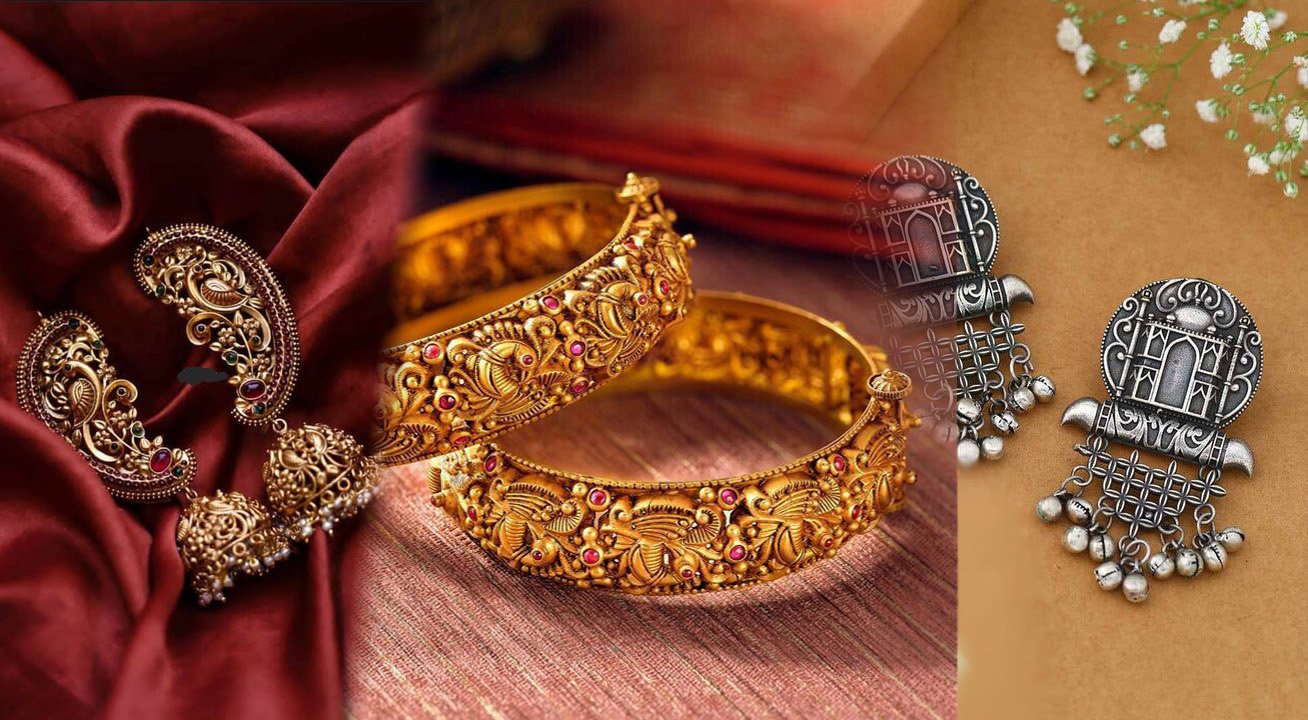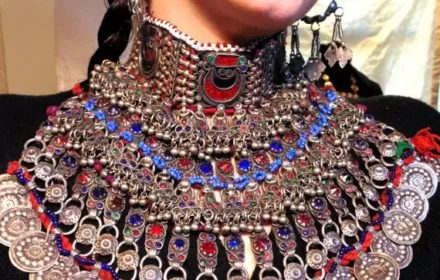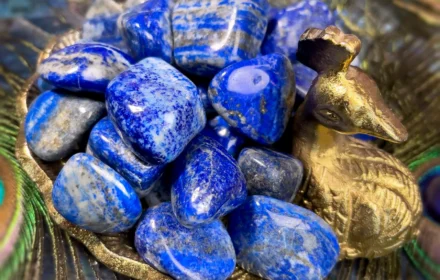A Legacy Worn with Grace
Antique jewellery possesses a remarkable ability to appreciate in value over time, making it a worthy investment. More than mere adornment, antique jewellery serves as a profound reflection of identity, history, and emotion. Few pieces carry the depth—the stories and character—like antique jewellery does. Many pieces have been worn by queens, passed down through generations, and crafted by skilled artisans in eras long past. Antique jewellery transcends being a mere fashion statement; it’s a tangible legacy that is worn with grace and pride.
The Allure of Antique Jewellery
Gold jewellery in antique radiates an unmatched allure that defies the constraints of time. Each piece boasts a captivating history, steeped in cultural significance, and cherished for centuries. Whether you’re an avid antique collector or a fashion-forward enthusiast, antique gold jewellery remains a classic choice—its elegance never fades and its value only continues to rise.
What Is Antique Jewellery?
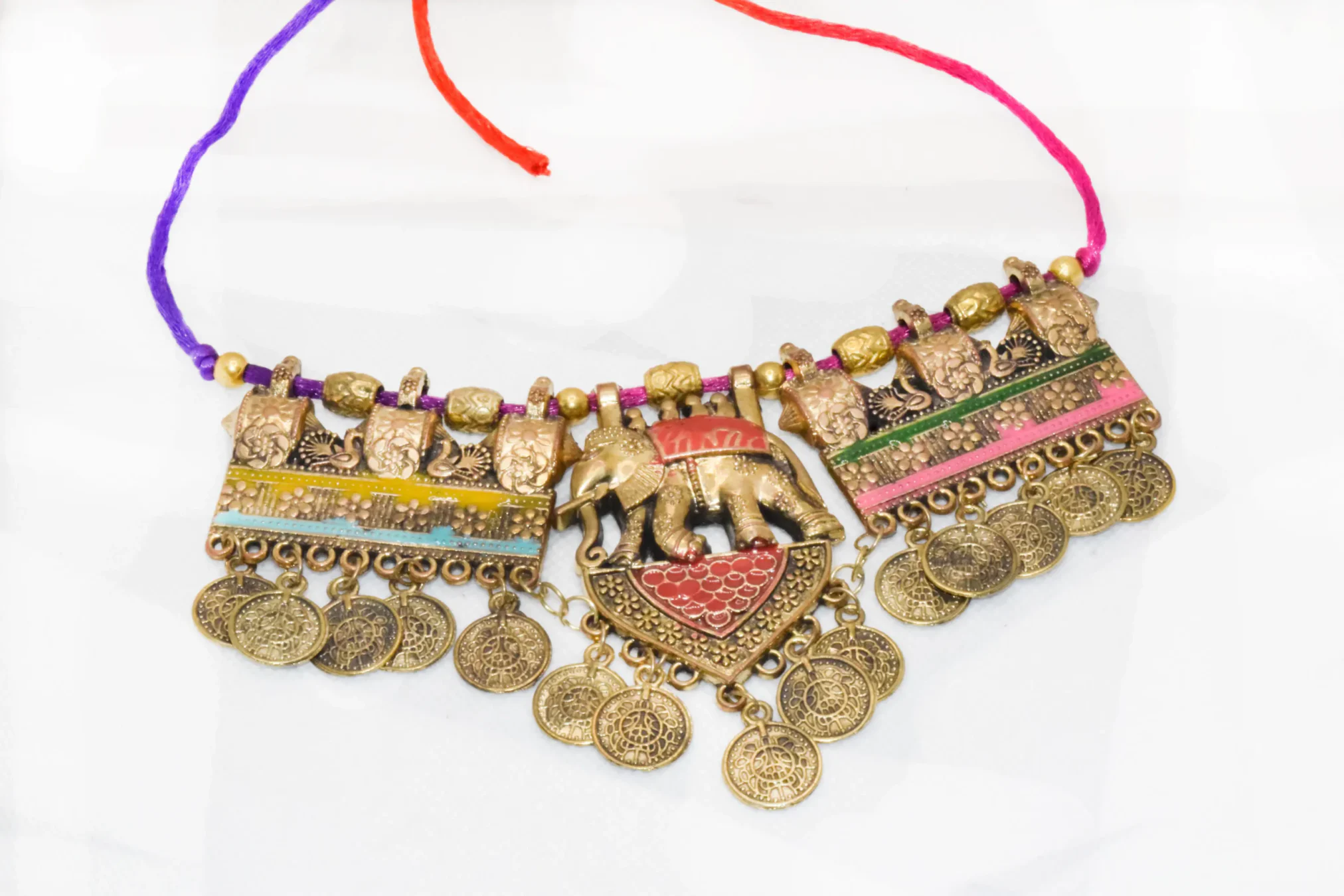
Antique jewellery generally refers to pieces that are at least 50 to 100 years old, often emerging from culturally rich periods like the Mughal, Victorian, or Edwardian eras. These remarkable items feature rare materials, traditional craftsmanship, and intricate designs that are increasingly rare in today’s commercial market. Beyond their beauty, antique pieces are treasured heirlooms, capturing the art, architecture, and aesthetic ideals of their time.
Antique jewellery acts as a bridge between the past and the present, deftly merging narratives of yesteryears with exquisite handiwork. Each piece is imbued with history, often telling tales that highlight the craftsmanship, culture, and artistry of its era. It serves a purpose beyond decoration; it weaves together stories that provide a captivating tie to the past.
Wearing such jewellery is not merely a matter of style; it is a way to carry a piece of history. Every gemstone and intricate detail reflects the artistry and cultural significance of its time, inviting wearers to discover the undeniable charm, exquisite beauty, rich ethnic heritage, and masterful artistry encapsulated in vintage jewellery.
The Historical Significance of Antique Jewellery
When you hold a piece of antique jewellery, you are effectively holding a fragment of history. These ornaments are not just accessories; they embody the spirit of their respective periods, reflecting values, trends, and craftsmanship that define their time. From the meticulous artistry seen in items influenced by the aesthetics of the 19th century to the sleek elegance of early 20th-century Art Deco, every piece tells a story mirroring its own historical backdrop.
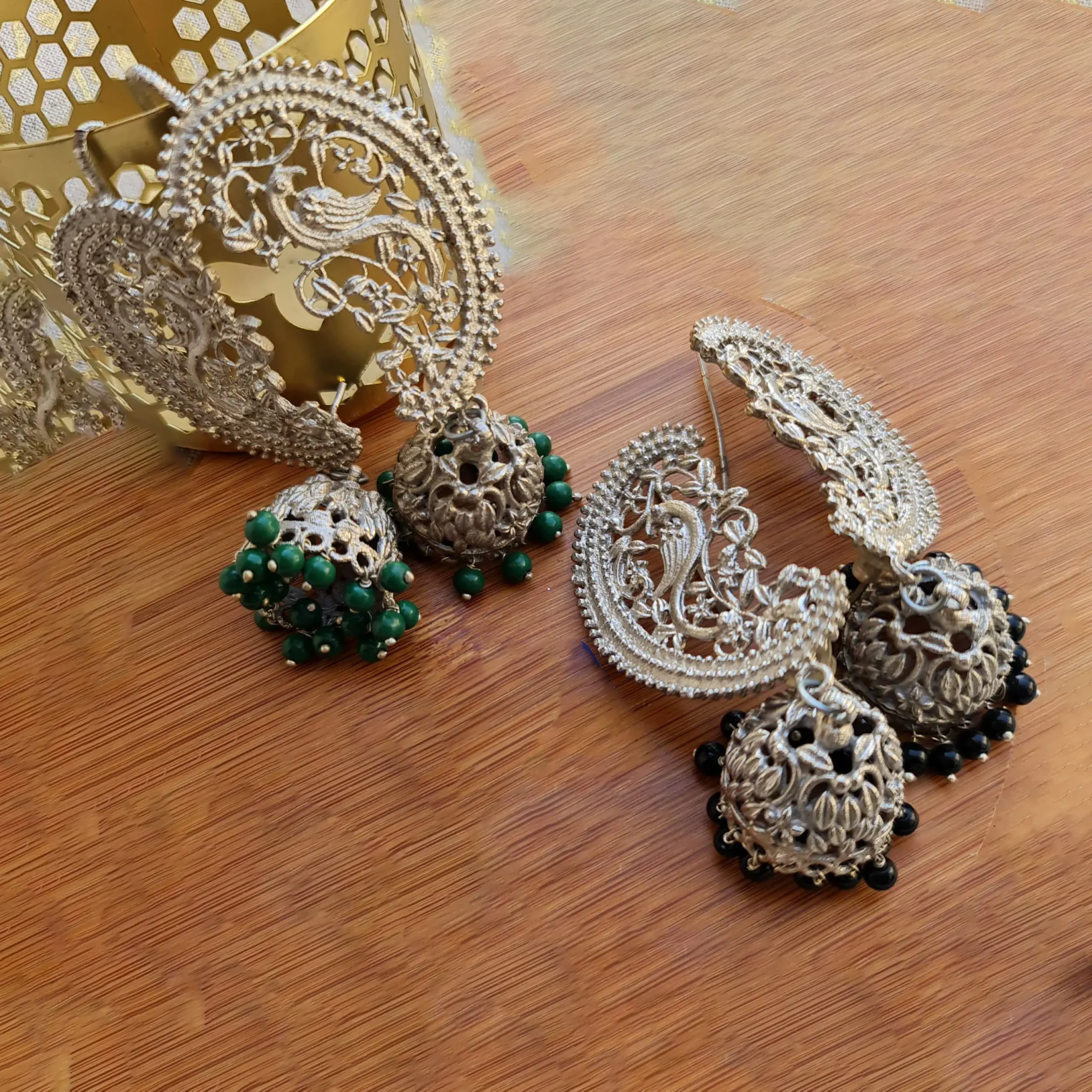
These valuable pieces were owned by individuals who appreciated not just aesthetics but also the intrinsic worth of materials and skills involved in their creation. Each piece narrates a story, vividly linking you to a legacy of craftsmanship and heritage.
The Craftsmanship and Artistic Value
The creation of antique jewellery showcases a high level of artistry and skill, a homage to a time when craftsmen meticulously crafted each piece with care and precision. Techniques such as repoussé and enamelling were masterfully employed to produce enchanting designs that continue to captivate us today.
Each selection of materials—be it lustrous gold, shimmering silver, or sparkling gemstones—was intentional, chosen for its visual appeal and inherent symbolism. The extraordinary artistry and dedication infused in these pieces, often lacking in contemporary creations, elevate them to true works of art. Each element encapsulates the beliefs, customs, and ideals of its era, transforming every item into a potent representation of its time.
Why Antique Jewellery Never Goes Out of Style
In a world dominated by fast fashion, antique jewellery stands as a beacon of slow, sustainable luxury. Here’s why it continues to enchant generation after generation:
Timeless Elegance
The beauty of antique jewellery lies in its delicate artistry and classic designs. Whether it’s a jadau choker adorned with uncut gems, a kundan set featuring intricate gold work, or a filigree ring exuding romantic charm, antique pieces add a regal touch that modern jewellery often struggles to replicate.
Rich Heritage & Storytelling
Each piece tells a unique story—be it of a royal court, a wedding dowry, or a craftsman’s legacy. Wearing antique jewellery allows you to embrace a piece of history, rich with sentiment and symbolism.
Craftsmanship Beyond Compare
While modern machines can replicate designs, they can’t replicate the soul infused through handwork. Antique jewellery often employs traditional techniques like meenakari, kundan-setting, and hand engraving—skills that have been preserved and handed down through generations.
Sustainable & Unique
Unlike mass-produced jewellery, antique pieces are often rare and one-of-a-kind, making them unique treasures. Investing in them supports sustainability, breathing new life into existing trinkets instead of contributing to mass consumption.
The Popular Styles of Antique Jewellery
South Asia, particularly Pakistan, is a treasure trove of antique jewellery styles. Some of the most beloved include:
- Kundan Jewellery: An ancient gem-setting technique that involves placing uncut stones within intricately designed gold foil.
- Jadau Jewellery: Typically found in Mughal and Rajputana traditions, it is crafted by embedding precious stones into gold, resulting in stunningly intricate designs.
- Polki Jewellery: This style employs natural, uncut diamonds, prized for their raw, regal beauty.
- Meenakari: A vibrant enamel technique that adds vivid colors to metal surfaces, further enhancing the uniqueness of each piece.
How to Wear Antique Jewellery with Grace
Antique jewellery isn’t solely for weddings or grand events; its beauty can accentuate everyday wear. Whether layered with modern pieces for an eclectic look or showcased as statement items, wearing antique jewellery with grace requires a sense of confidence and an appreciation for its history. Embrace the elegance, and let each piece narrate its unique story as you wear it
Explore our antique collection at [Nigar Craft]
Follow @NigarCraft on Instagram & Facebook for updates, styling ideas, and artisan stories.
Here is an FAQ based on the provided details about antique jewellery
Frequently Asked Questions about Antique Jewellery
1. What exactly is considered antique jewellery?
Antique jewellery generally refers to pieces that are at least 50 to 100 years old. These items often originate from culturally rich periods like the Mughal, Victorian, or Edwardian eras, featuring rare materials, traditional craftsmanship, and intricate designs that are less common today.
2. Why is antique jewellery considered a worthy investment?
This jewellery possesses a remarkable ability to appreciate in value over time. Beyond its financial worth, it serves as a profound reflection of identity, history, and emotion, carrying unique stories and character that make it a tangible and valuable legacy.
3. What gives antique gold jewellery its unique allure?
This gold jewellery radiates an unmatched allure that defies time. Each piece carries a captivating history, steeped in cultural significance, and is cherished for centuries. Its elegance is timeless, and its value consistently rises, making it a classic choice for collectors and enthusiasts alike.
4. What is the historical significance of wearing antique jewellery?
Wearing antique jewellery means carrying a fragment of history. These ornaments embody the spirit of their respective periods, reflecting the values, trends, and craftsmanship that defined their time. Each piece narrates a story, vividly linking the wearer to a legacy of craftsmanship and heritage.
5. What distinguishes the craftsmanship and artistic value of antique jewellery?
Antique jewellery showcases a high level of artistry and skill, as craftsmen meticulously created each piece with care and precision using techniques like repoussé and enamelling. The intentional selection of materials, chosen for visual appeal and symbolism, along with the extraordinary artistry infused, elevates these pieces to true works of art, often unmatched by contemporary creations.
6. Why does antique jewellery never go out of style?
Antique jewellery remains timeless due to its classic designs and delicate artistry, offering a regal touch. Each piece tells a unique story, rich with heritage and symbolism. Its craftsmanship, employing traditional hand techniques, is unparalleled, and it represents a sustainable and unique luxury, breathing new life into existing treasures.
7. Is antique jewellery a sustainable choice?
Yes, in a world dominated by fast fashion, antique jewellery stands as a beacon of slow, sustainable luxury. Investing in these rare and often one-of-a-kind pieces supports sustainability by giving new life to existing items rather than contributing to mass consumption.
8. What are some popular styles of antique jewellery, especially from South Asia?
South Asia, particularly Pakistan, is known for several beloved antique jewellery styles. These include:
- Kundan Jewellery: An ancient gem-setting technique using uncut stones within intricate gold foil.
- Jadau Jewellery: Crafted by embedding precious stones into gold, common in Mughal and Rajputana traditions.
- Polki Jewellery: Employs natural, uncut diamonds, prized for their raw beauty.
- Meenakari: A vibrant enamel technique adding vivid colors to metal surfaces.
9. How can one wear antique jewellery gracefully in modern times?
This kind of jewellery can accentuate everyday wear as well as grand events. It can be layered with modern pieces for an eclectic look or showcased as a statement item. Wearing it with grace requires confidence and an appreciation for its rich history, allowing each piece to narrate its unique story.
10. How does antique jewellery connect the past and present?
This jewellery acts as a bridge between eras, merging narratives of yesteryears with exquisite handiwork. Each piece is imbued with history, telling tales that highlight the craftsmanship, culture, and artistry of its era, serving a purpose beyond decoration by providing a captivating tie to the past.

